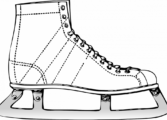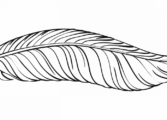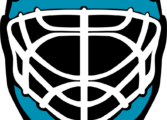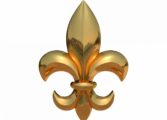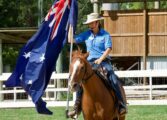Curling Terminology: A Comprehensive Guide to the Sports Jargon
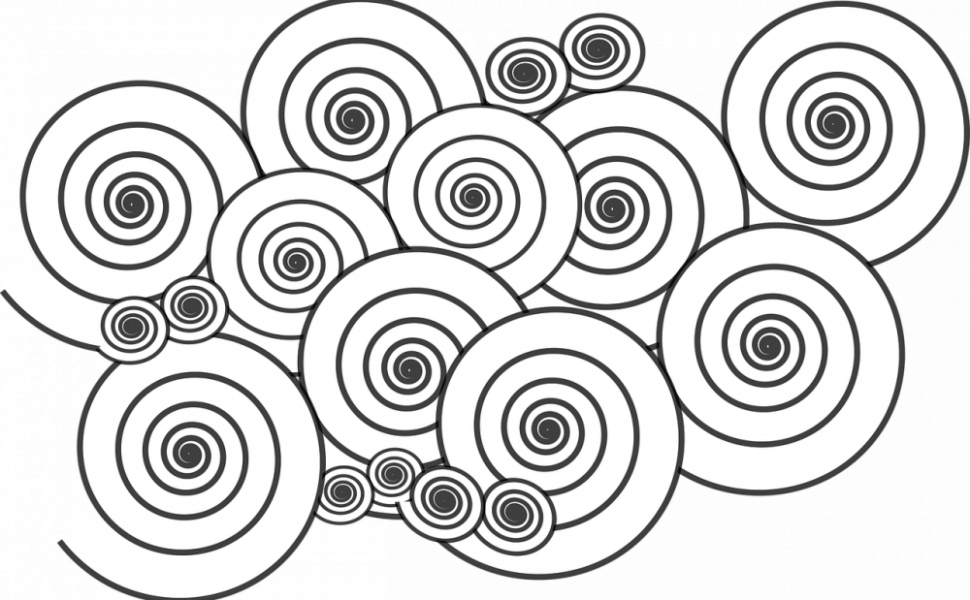
Introduction:
Curling is a popular winter sport that combines precision, strategy, and teamwork. Just like any sport, curling has its own unique set of terms and jargon that may be unfamiliar to newcomers or casual viewers. This article aims to provide a thorough overview of curling terminology, including its types, popularity, and historical significance. Whether you’re an avid curling enthusiast or just curious about the sport, this guide will help you navigate and understand the language of curling.
Section 1: An Overview of Curling Terminology

Curling terminology refers to the specialized vocabulary used by curlers to communicate and describe various aspects of the game. From sweeping techniques to shot types, understanding these terms is essential to fully grasp the dynamics and strategies employed in curling. Here are some key categories of curling terms:
1.1 Shot Terminology:
Curling shots require precision and accuracy. Understanding shot terminology is crucial to comprehend the different types of shots players can execute. Some common shot terms include:
– Draw
: A shot aimed at getting the stone as close to the center of the house (the target) without hitting any other stones.
– Takeout
: A shot aimed at removing another stone from play.
– Raise
: A shot that raises one stone into a more advantageous position.
– Guard
: A shot that places a stone in front of another to protect it from the opponent’s shots.
1.2 Ice Terminology:
The playing surface in curling is referred to as the ice. Several terms are used to describe the ice conditions and features that impact gameplay. Some notable ice-related terms include:
– Curl
: The natural curve or path followed by a stone as it travels down the ice.
– Pebble
: Tiny droplets of water applied to the ice before the game to create texture, which affects the stone’s ability to curl.
– Hammer
: The last shot of an end (segment of play) delivered by the team with the final stone advantage.
Section 2: Types and Popularity of Curling Terminology
Curling terminology can be categorized based on its popularity and usage within the curling community. Here are three main types of curling terms:
2.1 Traditional Terminology:
Traditional curling terms have been passed down through generations and are deeply rooted in the sport’s history. These terms hold significant cultural and historical value and have been preserved to maintain the heritage of curling.
– Hacks
: The footholds used by players to deliver the stones.
– End
: A segment of play in which both teams throw eight stones each.
– Skip
: The player who calls the shots and directs play for a team.
2.2 Technical Terminology:
With advancements in strategy and equipment, curling terminology has also evolved to include technical terms that describe precise techniques and mechanics.
– Broomstacking
: The social activity of curlers gathering for drinks and conversation after a game.
– Sweeping
: The act of vigorously brushing the ice in front of a moving stone to alter its trajectory and speed.
2.3 Modern Terminology:
As curling gains popularity on a global scale, new terms have emerged to describe modern gameplay and international events.
– Bonspiel
: A curling tournament or competition.
– Free Guard Zone
: The area in front of the house where guards placed within the first four stones of an end cannot be removed by the opposing team.
Section 3: Quantitative Measurements of Curling Terminology
Quantitative measurements may not be as prevalent in curling terminology compared to other sports, but they still play a significant role in analyzing and evaluating the game. Some quantitative measurements used in curling terminology include:
– Hog-to-Hog Time
: The time taken for a stone to travel between the hog lines, indicating the speed of the ice.
– House
: The circular scoring area consisting of concentric rings, each with a different point value.
– Weight
: Refers to the speed at which a stone is delivered; the weight determines how far the stone will travel.
Section 4: Exploring the Differences in Curling Terminology
Curling terminology may vary based on regional preferences, cultural influences, and individual team strategies. While the core concepts remain the same, certain terms may be specific to a particular curling club or country. Understanding and adapting to these differences is essential when engaging in international or multicultural curling events.
Section 5: Historical Overview of the Pros and Cons of Curling Terminology
The evolution of curling terminology has both advantages and disadvantages. While traditional terms maintain the sport’s heritage and provide a sense of identity, technical and modern terms add clarity and precision to communication. However, an excessive use of jargon may alienate newcomers or casual viewers, making the sport seem inaccessible or confusing.
Conclusion:
Curling terminology is an integral part of understanding and enjoying the sport. From shot terminology to ice conditions, knowing the commonly used terms allows spectators and participants alike to fully engage in curling. Whether you’re enjoying a friendly game or watching a professional competition, this guide will serve as an invaluable resource to enhance your curling experience.
Glossary of Curling Terms
– Draw
– Takeout
– Raise
– Guard
– Curl
– Pebble
– Hammer
– Hacks
– End
– Skip
– Broomstacking
– Sweeping
– Bonspiel
– Free Guard Zone
– Hog-to-Hog Time
– House
– Weight







